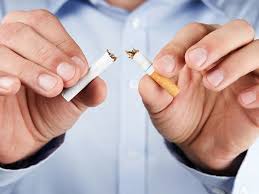Delving into the Risks
What is Secondhand Smoke?
Secondhand smoke, also known as passive smoking, occurs when non-smokers inhale smoke exhaled by smokers or from the burning end of cigarettes, cigars, or pipes.
Environmental Influence
Our environment plays a significant role in shaping our health, especially concerning smoking. Non-smokers exposed to secondhand smoke face similar health risks as active smokers.
Health Implications
Impact on Respiratory Health
- Respiratory Infections: Secondhand smoke exposure can lead to respiratory infections such as bronchitis and pneumonia.
- Lung Diseases: Prolonged exposure increases the risk of lung diseases like lung cancer and Chronic Obstructive Pulmonary Disease (COPD).
Cardiovascular Health
- Heart Disease: Secondhand smoke is linked to an increased risk of heart disease, including coronary artery disease and heart attacks.
Insights from Experts
Expert Opinion
Saurabh Bothra, CEO & Certified Yoga Instructor at Habuild, stresses the severity of secondhand smoke exposure: “There is no safe level of exposure to secondhand smoke. It can lead to numerous health problems, including respiratory infections like bronchitis and pneumonia, lung cancer, heart disease, or Chronic Obstructive Pulmonary Disease.”
As we commemorate World No Tobacco Day on May 31, it’s crucial to acknowledge the dangers of both active and passive smoking. Secondhand smoke poses significant health risks, impacting respiratory and cardiovascular health. Protecting non-smokers from exposure to secondhand smoke is essential for promoting public health.




